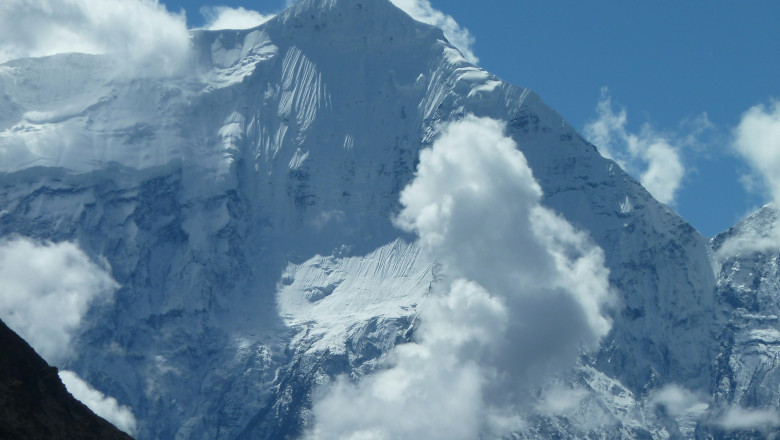views
I have guided treks in many corners of Nepal, but the Upper Mustang feels different every single time. It’s not just about walking through dry landscapes or watching the wind stir up the dust across ancient villages. It’s about understanding what you’re walking through. This place was once its own kingdom, and the stories are layered into every cliff, cave, and monastery you pass.
A guide is not just there to carry your bag or show you the way. In a remote region like Upper Mustang, where trails aren’t always obvious and the villages speak more Tibetan than Nepali, a guide helps you connect. I’ve had trekkers tell me that the moments they remember most weren’t the views, but the quiet conversations over tea with locals, or learning why certain walls are painted red. Without a guide, most of that would have been missed.
Upper Mustang is also a restricted area. That means you need special permits to trek here, and you must be with a registered guide or agency. So even if you're the kind of person who usually treks solo, this is one place where going alone isn’t allowed.
What Makes Upper Mustang So Special?
Upper Mustang lies in the rain shadow of the Annapurna and Dhaulagiri ranges. That means it's dry, almost desert-like, with colorful cliffs, narrow canyons, and rock formations that look like they belong in another world. It shares a border with Tibet, and the culture is deeply influenced by Tibetan Buddhism.
This part of Nepal stayed off-limits to outsiders until 1992. Even now, only a limited number of trekkers visit each year, partly because of the permit fees and restrictions. That’s why it still feels raw and untouched. You won’t find crowds or long lines here. Just quiet trails, whitewashed villages, and people living much the same way they did a hundred years ago.
The highlight for many is the walled city of Lo Manthang, once the capital of the Kingdom of Lo. With narrow alleys, ancient monasteries, and its own royal palace, Lo Manthang makes you feel like you’ve stepped back in time.
Permits You’ll Need
Trekking to Upper Mustang isn’t like other routes in Nepal. You need two main permits:
-
Restricted Area Permit (RAP): Costs USD 500 per person for the first 10 days. After that, it’s USD 50 per day.
-
Annapurna Conservation Area Permit (ACAP): Costs NPR 3,000 (around USD 25) per person.
You must be in a group of at least two trekkers and go through a licensed trekking agency. Solo permits are not issued for Upper Mustang. These rules are in place to help preserve the region’s culture and manage tourism in a more controlled way.
Best Time to Trek
Since Upper Mustang lies in the rain shadow, you can trek here even during the monsoon season (June to August). That’s actually one of the best times, especially if you want to witness the Tiji Festival in Lo Manthang three days of masked dances, rituals, and local celebrations that bring the entire region to life.
Spring (March to May) and autumn (September to November) are also good choices, with clear skies and moderate temperatures. Winter is cold, especially in the higher villages, and many guesthouses may be closed. But if you’re well prepared and up for the challenge, the solitude can be worth it.
Trail and Terrain Overview
The Upper Mustang trail isn’t too difficult in terms of steep climbs, but the terrain is dry, dusty, and sometimes windy. You’ll be walking at high altitudes often between 2,800 and 4,200 meters so you need to pace yourself.
The landscape changes as you go deeper into Mustang. You’ll walk past red cliffs, ancient caves believed to be meditation sites, and fields of barley surrounded by stone walls. The trail passes through villages like Kagbeni, Chele, Ghami, and Tsarang before reaching Lo Manthang.
Guesthouses are available in almost every village, offering basic but comfortable food and beds. Don’t expect luxury, but expect hospitality. People here are used to travelers, and even in the most remote places, you’ll find a cup of butter tea and a warm smile.
Final Thoughts
Trekking in Upper Mustang is about more than finishing a route or checking off a location. It’s about slowing down, noticing the details, and respecting the rhythm of a place that has kept its identity through centuries of change.
If you are looking for loud nightlife or fast Wi-Fi, this isn’t your trek. But if you want to walk through silence, share food with strangers who quickly feel like friends, and learn stories older than any map, then Upper Mustang has something real to offer.














Comments
0 comment